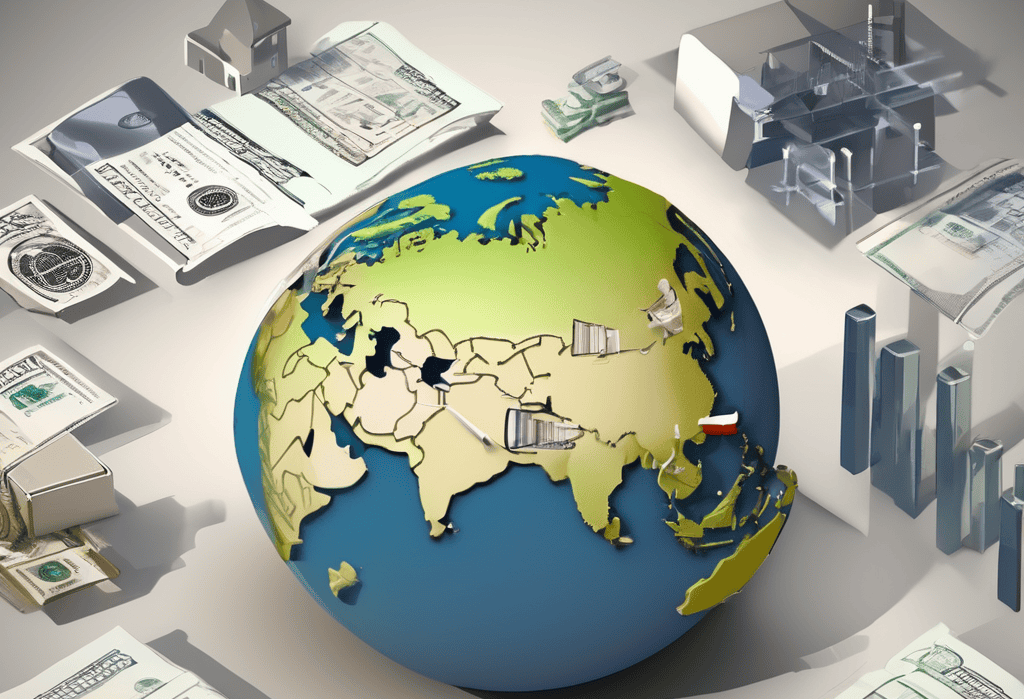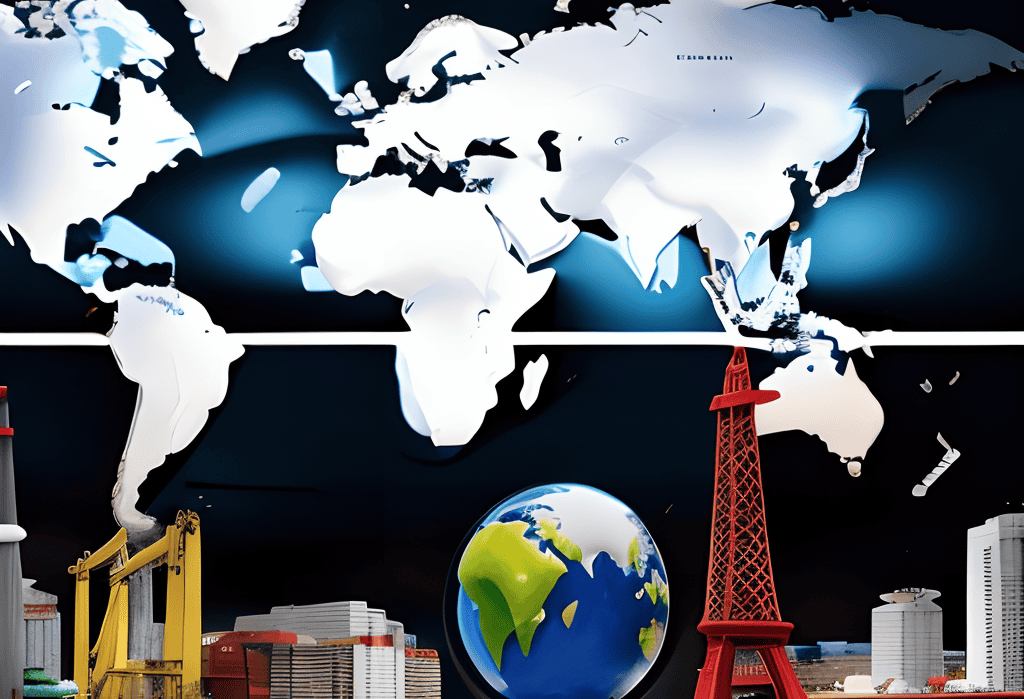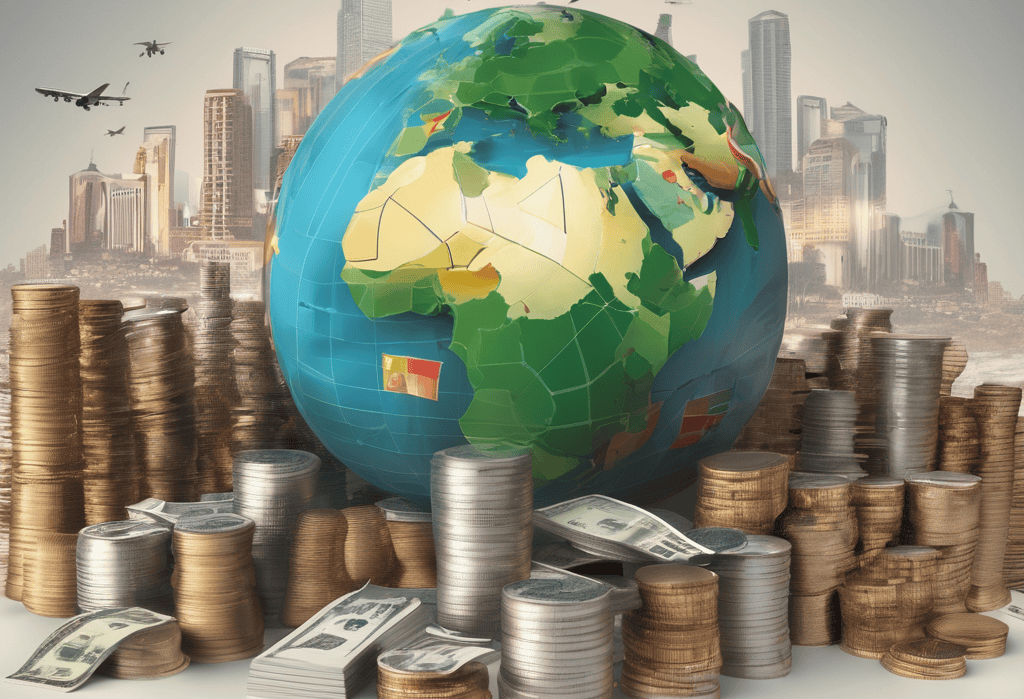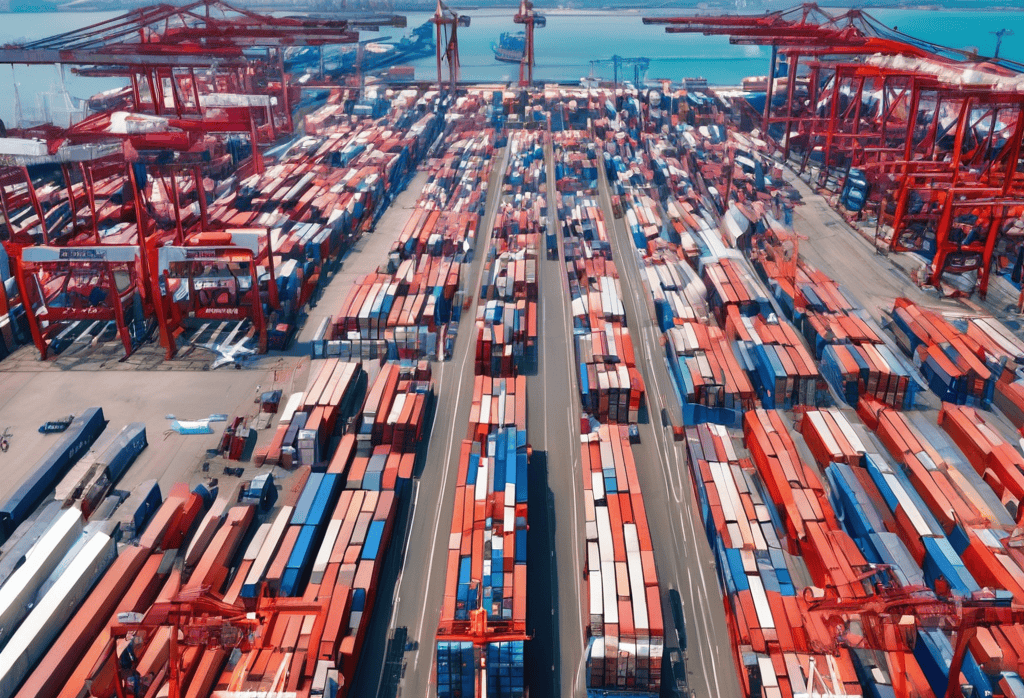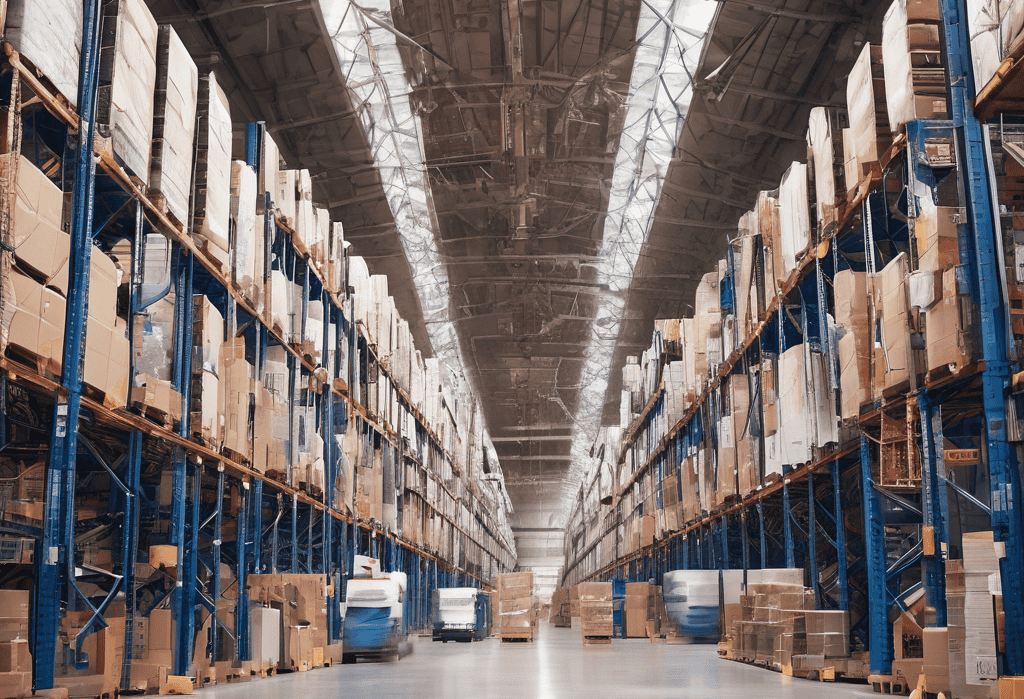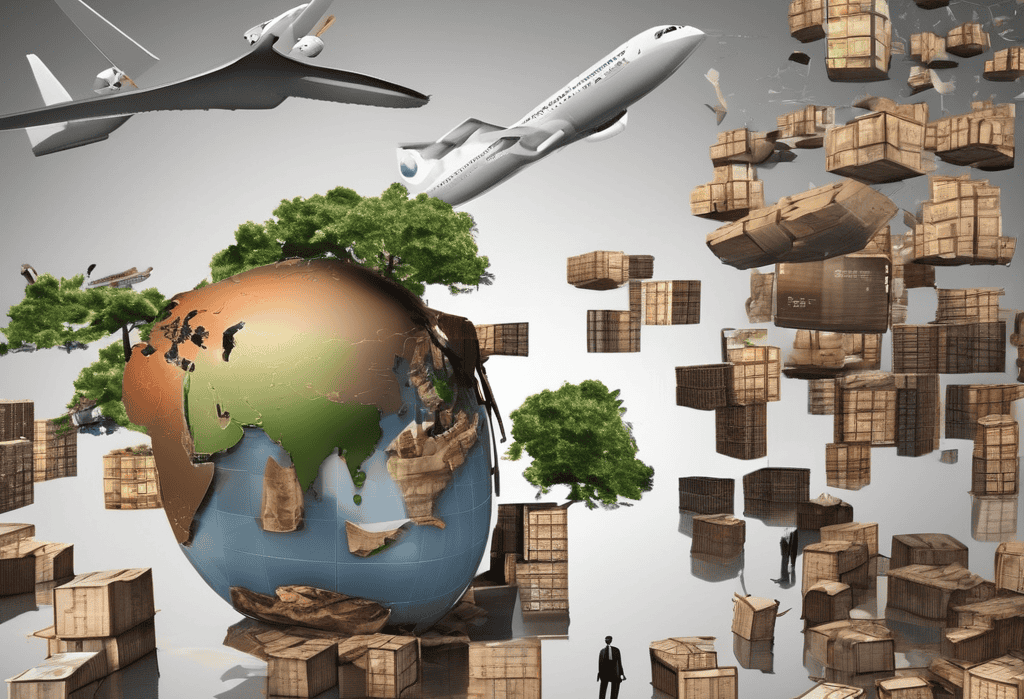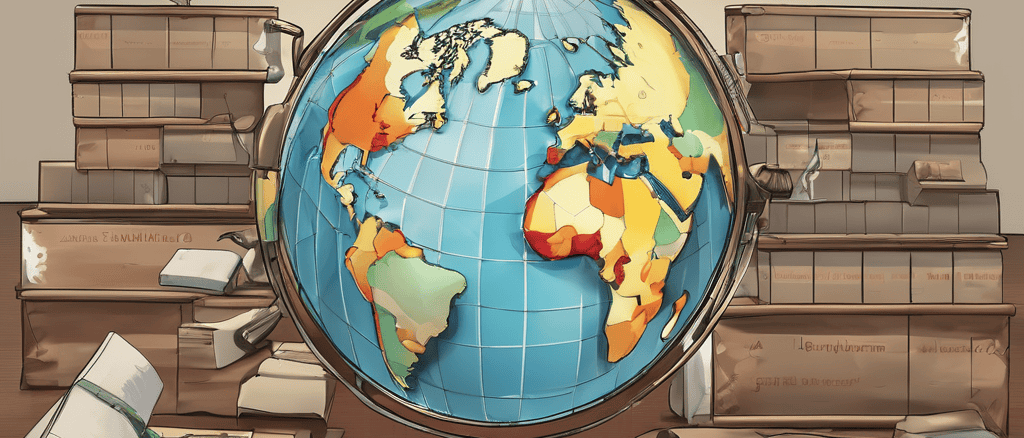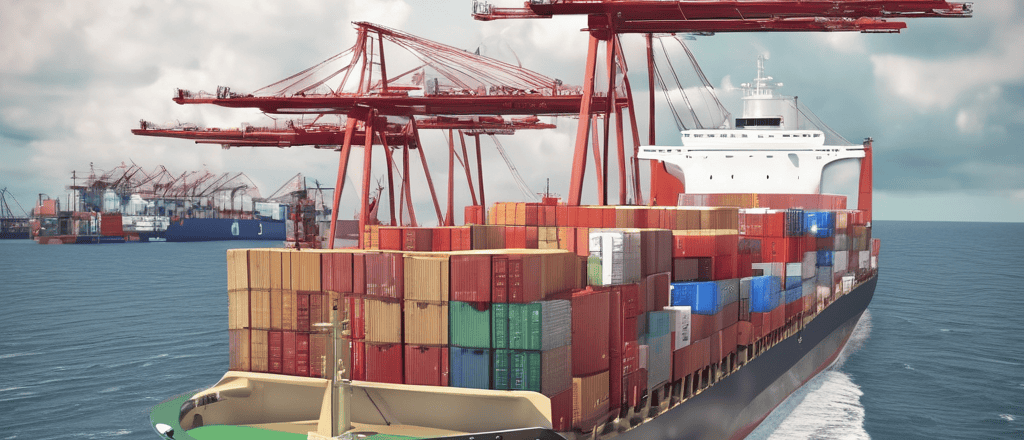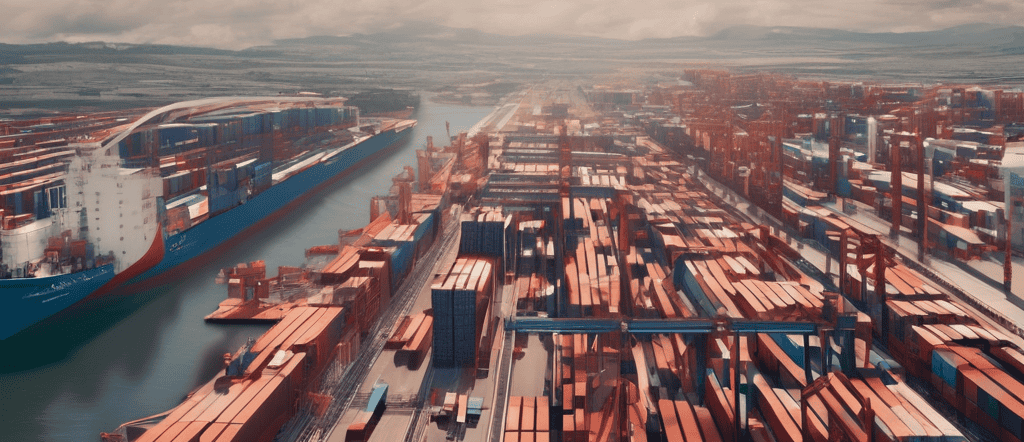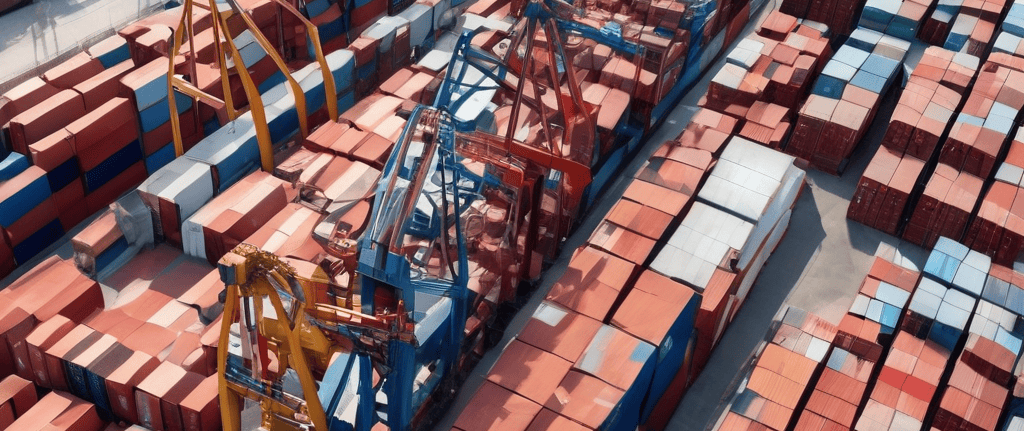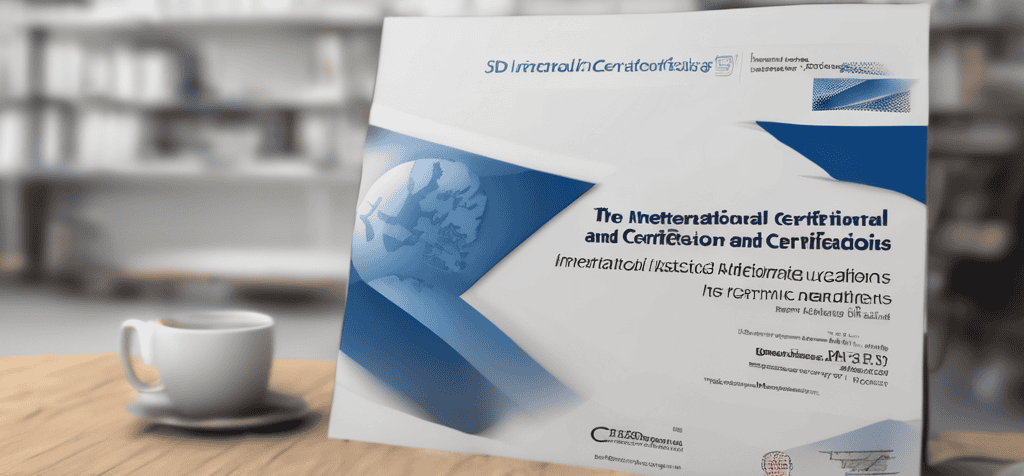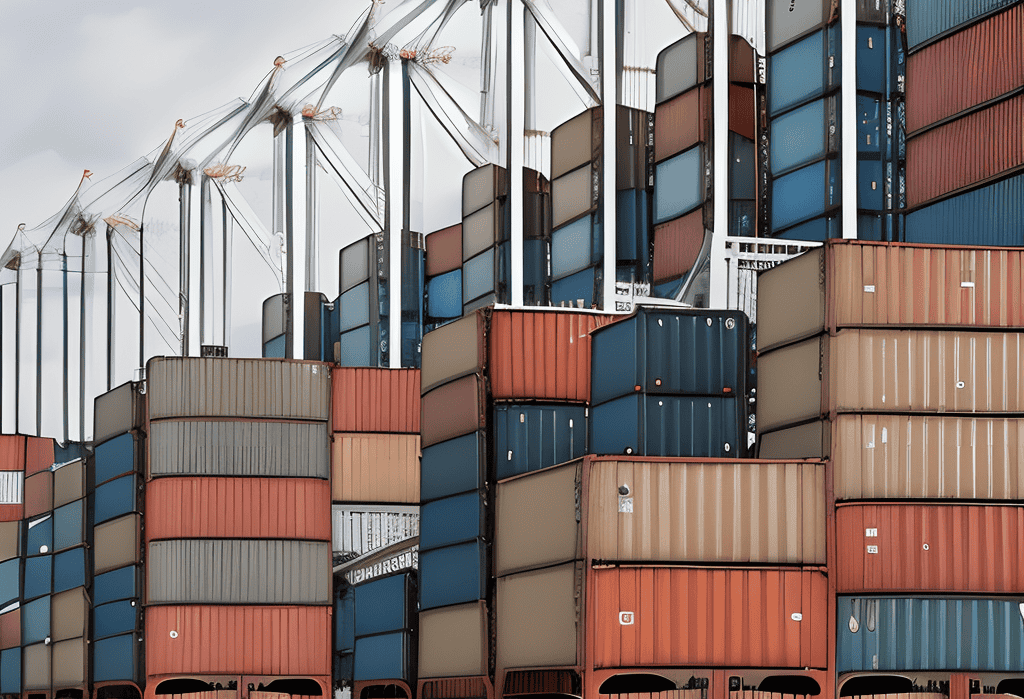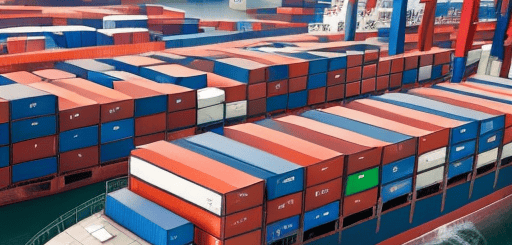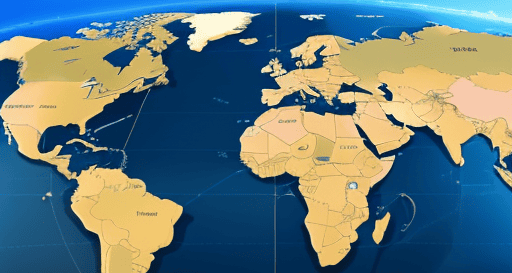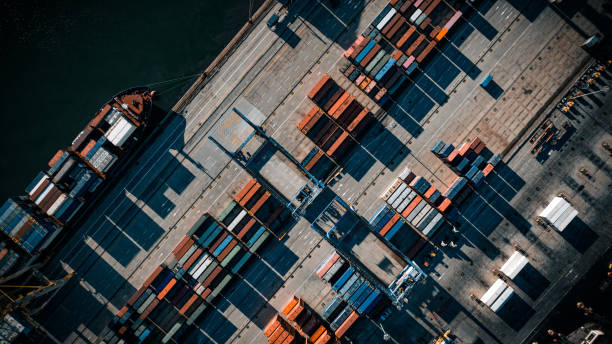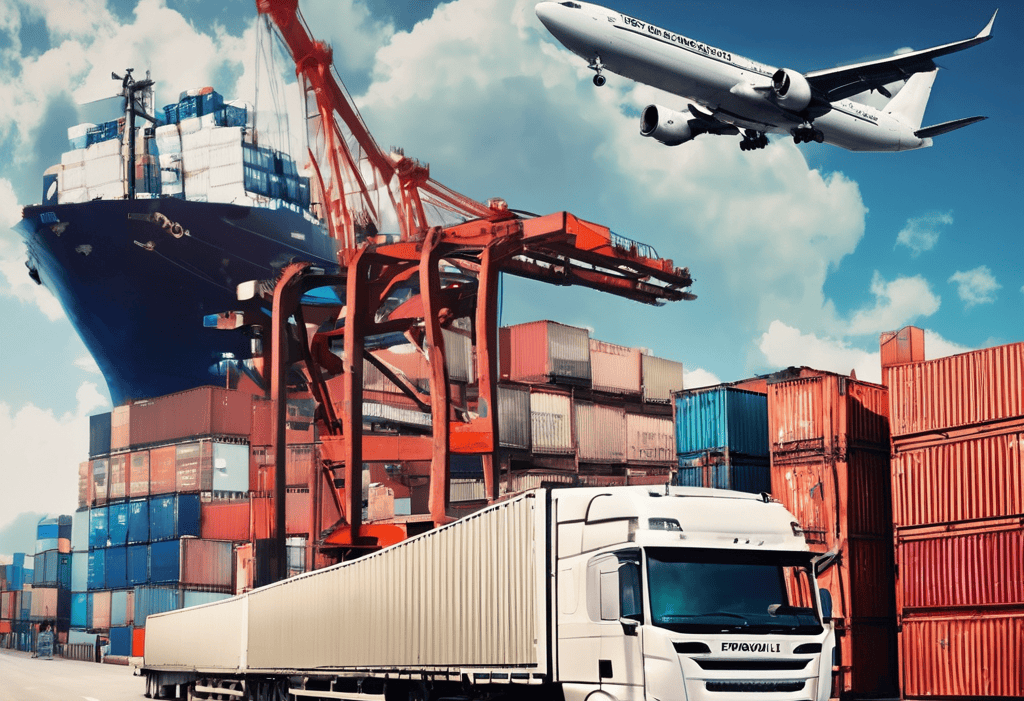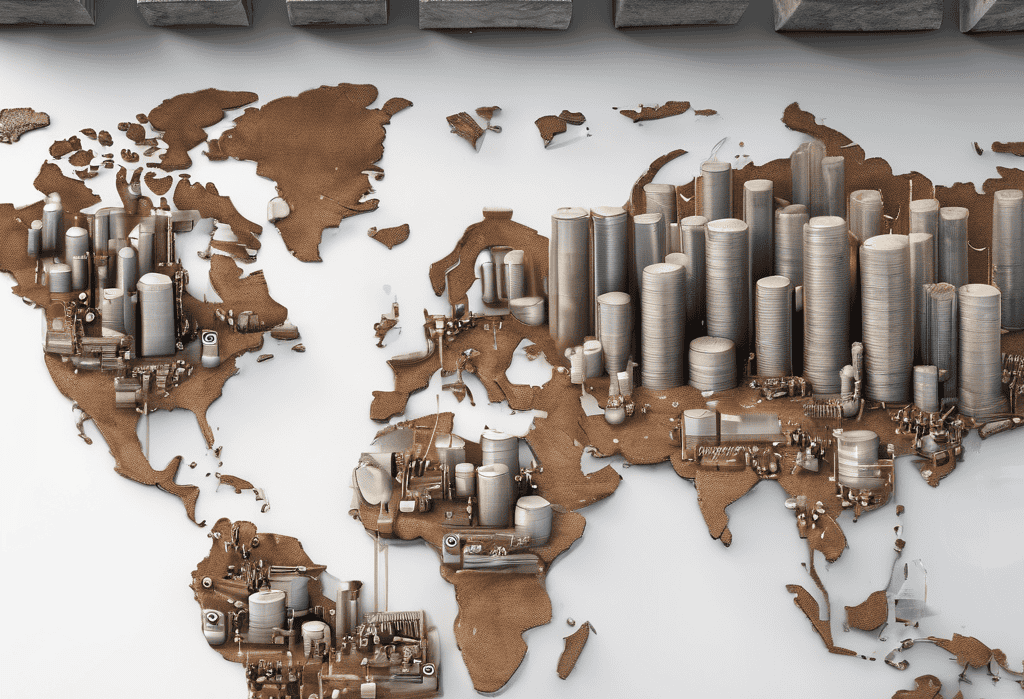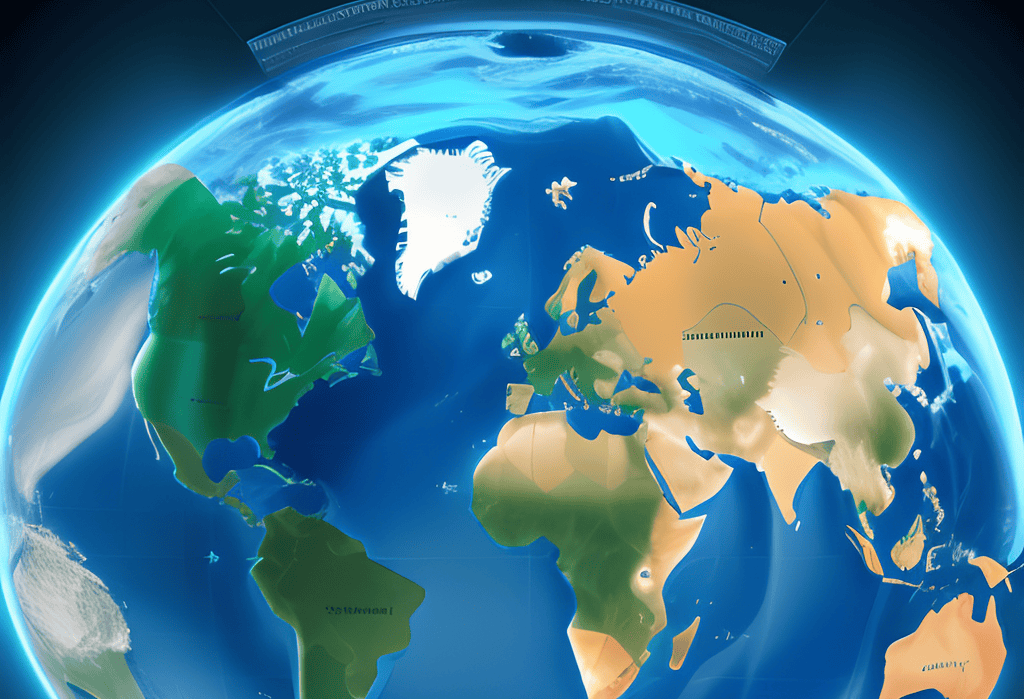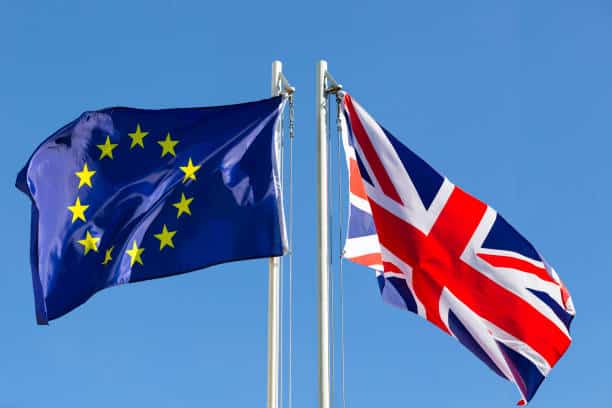Free trade and protectionism represent two opposing approaches to international trade. Free trade emphasizes the removal of trade barriers, promoting economic efficiency and market access. Protectionism aims to protect domestic industries but can lead to higher prices and reduced consumer choice. The balance between free trade and protectionism remains a subject of ongoing policy discussions, with countries adopting varying degrees of openness and protectionism based on their economic priorities and circumstances.
Free Trade
Free trade promotes the unrestricted flow of goods and services across borders. Its proponents argue that removing barriers to trade leads to economic growth, efficiency, and consumer benefits. Free trade agreements, such as the North American Free Trade Agreement (NAFTA) and the Comprehensive and Progressive Agreement for Trans-Pacific Partnership (CPTPP), aim to reduce trade barriers and promote market access.
According to the World Trade Organization (WTO), the average applied tariff rate for industrial goods globally was 6.7% in 2019. Free trade agreements have contributed to the reduction of tariff barriers, facilitating trade between participating countries.
Protectionism
Protectionism, on the other hand, seeks to shield domestic industries from foreign competition by imposing trade barriers. This can take the form of tariffs, which are taxes on imported goods, or non-tariff measures such as quotas, subsidies, and local content requirements. Protectionist policies are often implemented to safeguard domestic employment, industries, and national security interests.
Figures vary depending on the specific policies implemented by countries. For instance, the U.S. International Trade Commission reported that the United States imposed an average tariff rate of 2.0% on imported goods in 2020. However, the use of non-tariff measures and subsidies can have a significant impact on trade flows.
Economic Implications
The economic implications of free trade and protectionism are subject to ongoing debates. Proponents of free trade argue that it promotes competition, efficiency, and innovation, leading to lower prices and a wider variety of goods for consumers. It also allows countries to specialize in industries where they have a comparative advantage, leading to increased productivity and economic growth.
Protectionism, on the other hand, aims to protect domestic industries and jobs. Advocates argue that it shields domestic producers from unfair competition, prevents dumping of goods at artificially low prices, and supports strategic industries. However, critics argue that protectionist measures can lead to higher prices, reduced consumer choice, and inefficiencies in resource allocation.
Trade War and Global Trade Tensions
In recent years, there has been a rise in trade tensions and the use of protectionist measures, leading to trade conflicts between major economies. The trade dispute between the United States and China, characterized by tit-for-tat tariffs, exemplifies these tensions. According to the International Monetary Fund (IMF), the average tariff imposed by the United States on Chinese imports increased from 3.1% in 2017 to 19.3% in 2019.
Read more views


